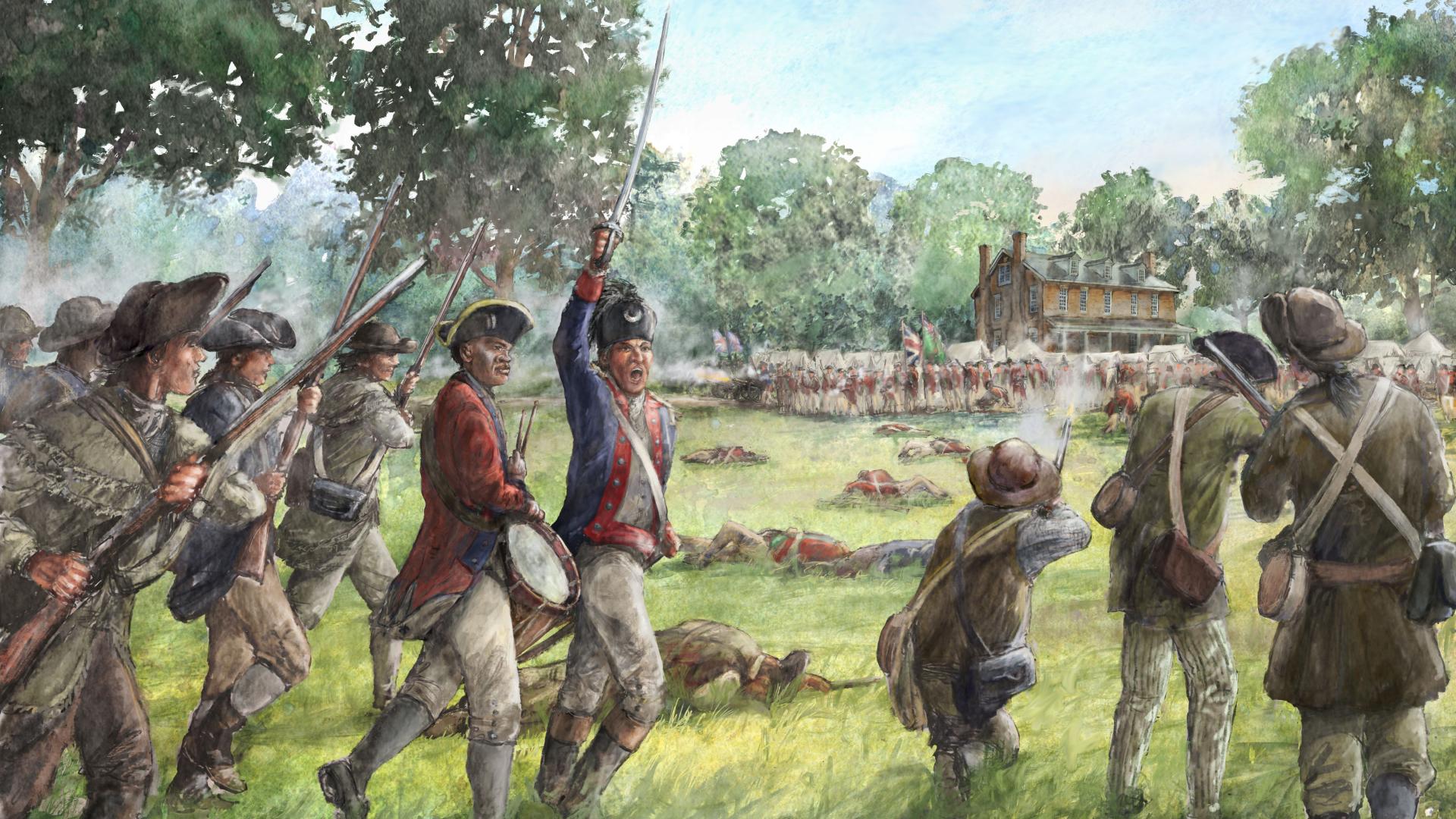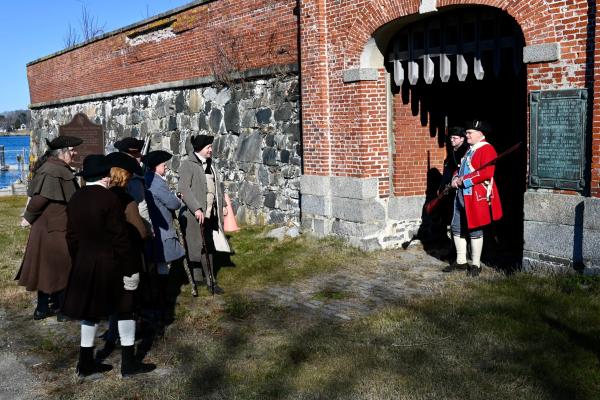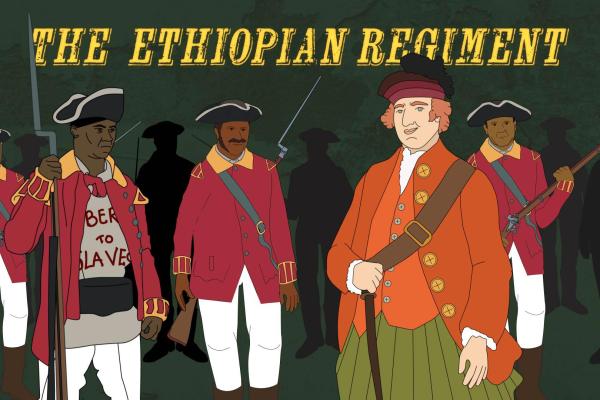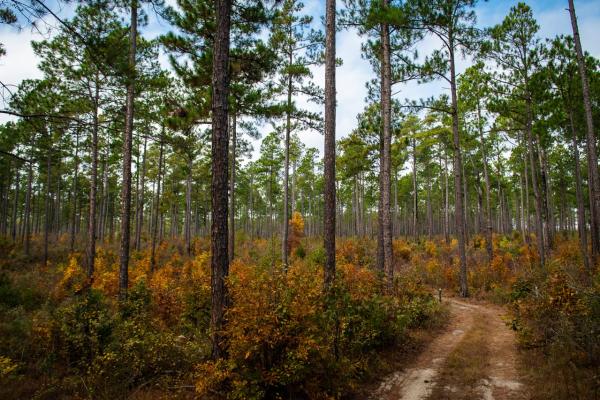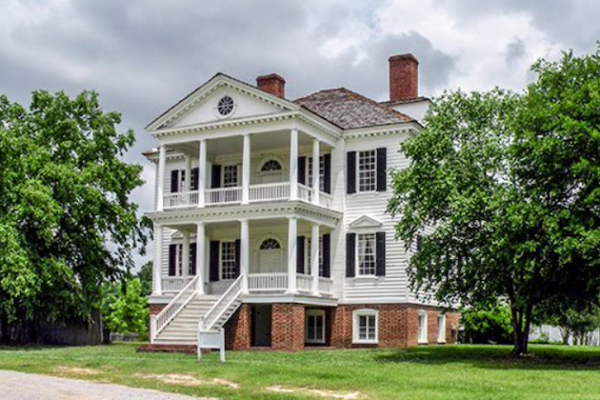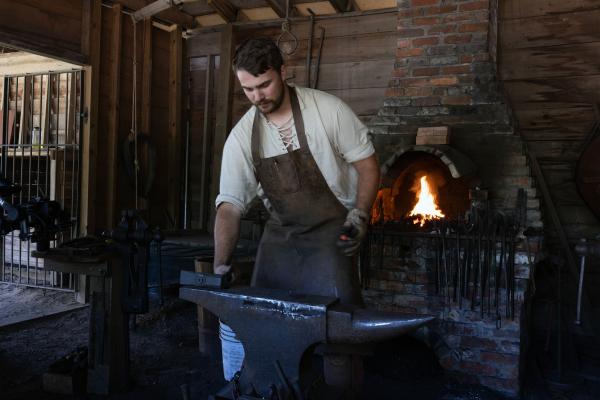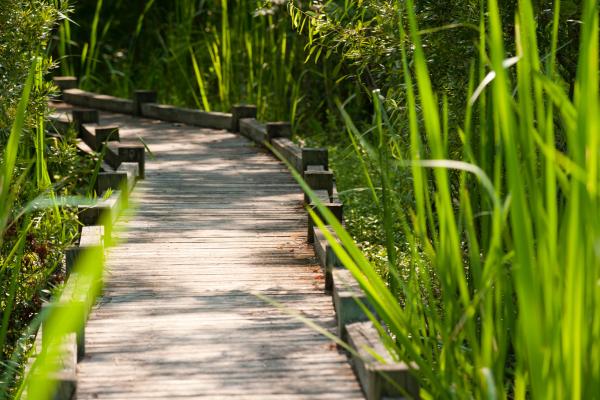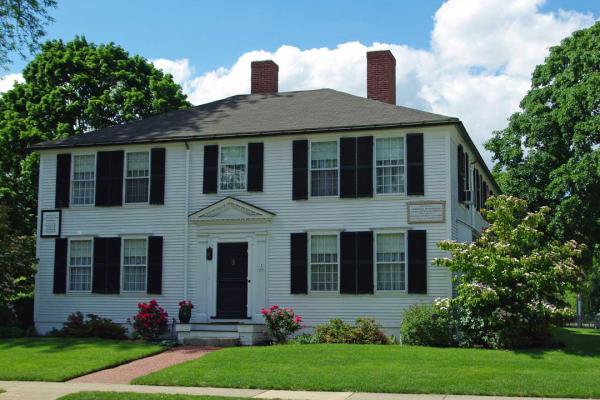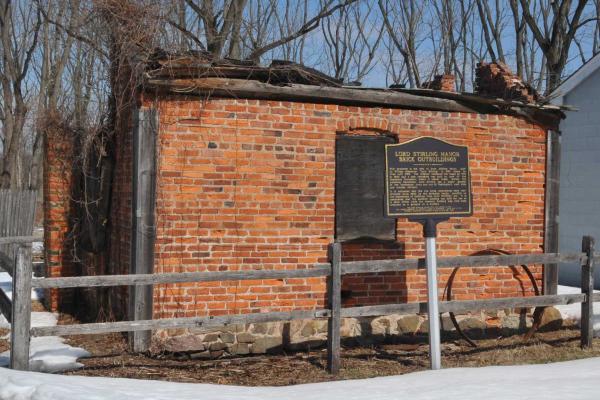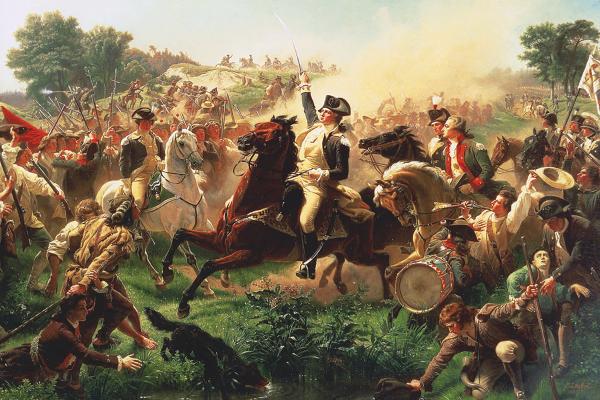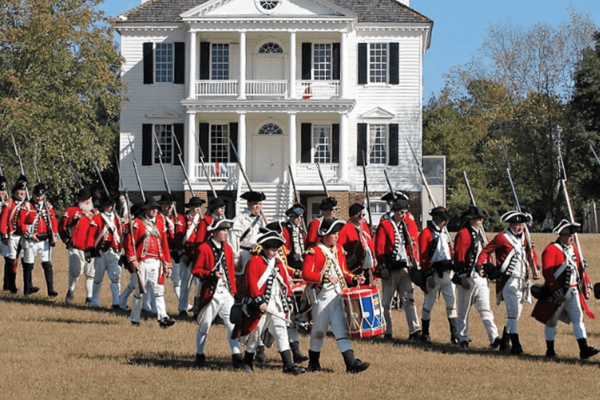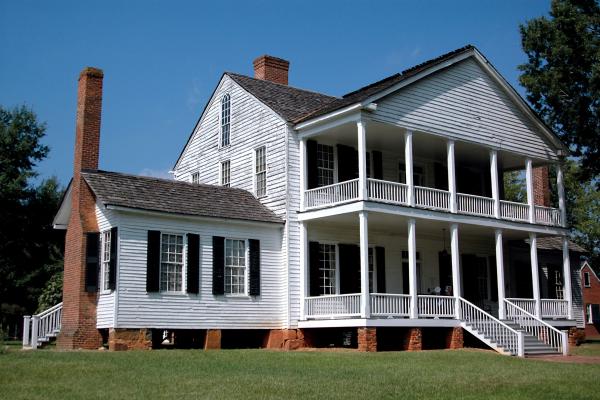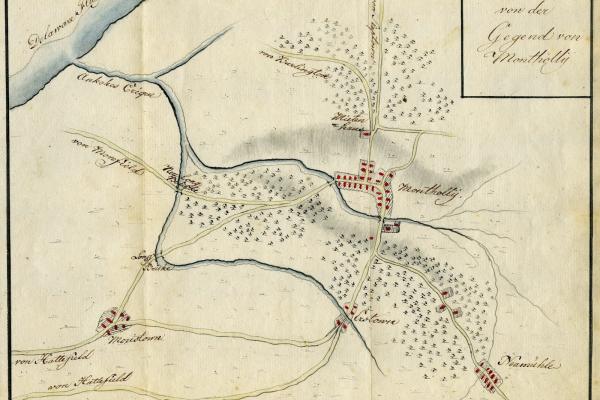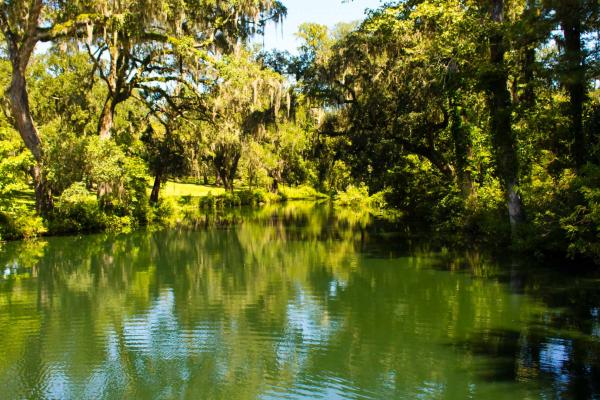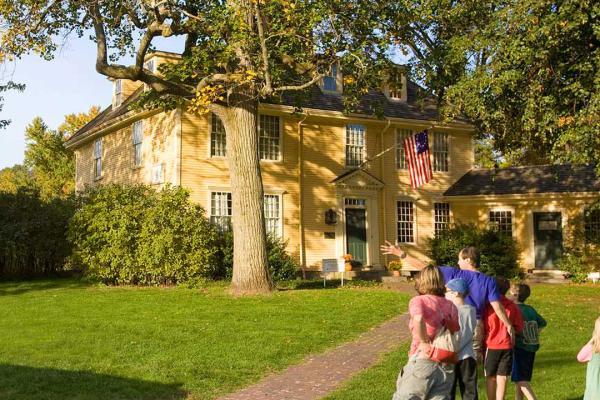Guest blogger George Weghorst shares a deceptively familiar story from the earliest days of the American Revolution.
Kate shares an account of a stop on The Liberty Trail in New Jersey, centered around the dramatic capture of the British supply ship HMS Blue Mountain Valley during the American Revolution. After a grueling 13-week voyage, the ship limped into Sandy Hook, where Patriots seized its first mate and launched a surprise boarding operation. Expecting military supplies, they instead found a cargo of coal, porter, beans, potatoes, sauerkraut, and hogs—more fit for a feast than a fight.
Learn more about how The Liberty Trail is blazing paths across the east coast.
Visiting historical sites provides unrivaled experiences and education opportunities.
Uncovering History
We invite you to visit the preserved locations along the Liberty Trail and to immerse
yourself in the extraordinary events that determined the fate of a nation.
